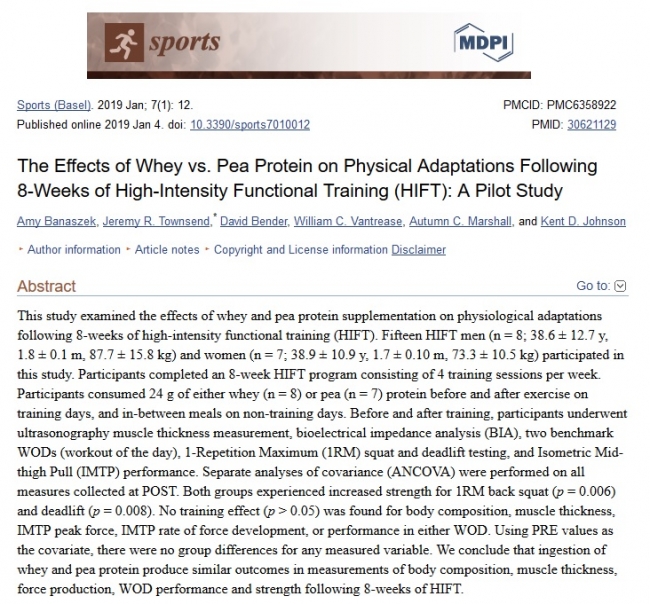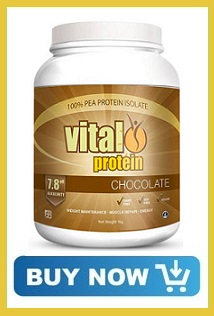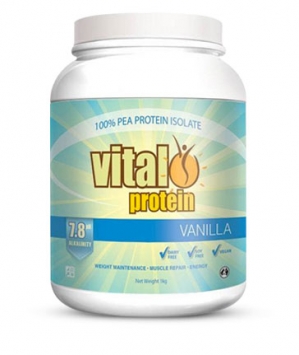Vital Pea Protein (+ Complete/Incomplete Protein Overview)
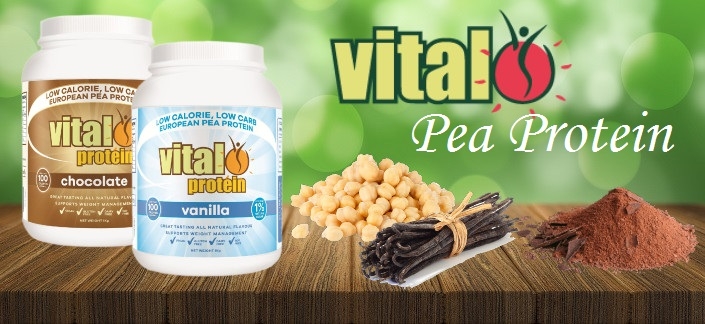
by Gavin Deguara, ND, Grad Cert Nutrition Medicine (RMIT)
Vital Pea Protein is an Australian all-natural plant-based protein powder made from European golden peas. This is a best-selling all-vegan product created by the team at Vital All-In-One (Vital Greens).
If you’ve been hunting for a quality vegan protein powder before, you’ll know there’s no shortage of options. Just about every sports nutrition and wellness company have released a plant-based protein powder to tap into a booming market, filled with consumer interest.
These days, plant-based protein is used by vegans, vegetarians and meat-eaters too. That’s right, even omnivores are using pea protein. You might be wondering why a meat-eater would be interested in a vegan product.
Well, there’s more to pea protein than where it’s sourced. In fact, there are a range of health benefits attributed to pea protein that animal proteins can’t deliver. We will take a look at these later in the article.
Benefits of Vital Pea Protein
- 100% Plant-Based and Vegan-Friendly
- Dairy-Free (Lactose Free)
- Alkaline Protein with a pH of 7.8
- No Artificial Flavours, Sweetener or Colours
- Contains the 9 Essential Amino Acids (naturally occurring)
- High Natural Content of BCAAs
- Low Carb, Low Fat, High Fibre
- Less Negative Environmental Impact than Animal Protein
- Quality European Golden Peas (not sourced from China)
- High Natural Tyrosine Level
- GMO Free
As scientists scramble for more funding to better understand the benefits of plant protein, many of us can’t help but wonder how pea protein stacks up against whey protein when it comes to exercise performance, recovery and body composition.
Fortunately, a piece of the puzzle has recently been revealed.
A journal called Sports published a study on pea and whey protein. Though this is just a taste of evidence to come, the flavour is as decadent as Chocolate Vital Pea Protein mixed in ice-cold almond milk. Though Vanilla and Strawberry work well too!
Let’s take a closer look at this study.
Pea Protein vs Whey Protein
The gloves are off
Is it really possible that a simple pea can hold its own against a protein that has been praised and near-worshiped by countless enthusiasts over many decades?
According to research published in 2019, it’s a given. Click on the snippet below if you want to check out the journal article. Or read on for a less-intense overview.
In this study, 15 women and men underwent High-Intensity Functional Training for 8 weeks. On training days, they were supplemented with 24g of whey or pea protein before and after exercise. On rest days, the same quantity of protein was taken between meals.
After 8 weeks of intense exercise and protein shake gulping, both groups demonstrated improvements in 1 repetition maximum (1RM) for the deadlift and squat. 1RM is the amount of weight that you can lift for one repetition.
The researchers found no statistically significant difference between the pea protein and whey protein groups. Other measurements were taken for body composition, force production, muscle thickness and strength, which also showed no difference between the pea and whey groups.
This was the first in-depth study into markers of performance when comparing pea protein to its dairy-derived relative.
And this is on the back of some solid research published back in 2015 by the Journal of the International Society of Sports Nutrition. In this study, it was demonstrated that pea protein was as effective as whey protein in promoting muscle thickness (1).
So now we have 2 studies comparing whey and pea protein supplementation with muscle thickness as an outcome. Both concluded that there was no difference between groups.
The beauty of this new study published by Sports is that it has shown that not only does pea protein support body composition as well as whey protein, but that it also promotes exercise performance just as well.
After all, bigger muscles aren’t necessarily a good thing if their functionality hasn’t improved when it comes to reaching your performance goals.
Does Wellness support Lean Muscle?
Does making an informed choice for our overall health or wellness mean we have to lose out on our exercise or body composition goals?
Not necessarily.
After all, your body wants to be healthy, lean and with a decent amount of muscle mass. So anything we can do to promote overall wellness helps to take us a step closer towards a better physique and improved conditioning.
In some medical circles, parts of the human body are still treated in complete isolation from the rest of the body. This is rarely ideal. In fact, the more we learn about how the body functions, the more scientists and healthcare practitioners start to think inclusively.
The same goes for natural bodybuilding and exercise performance too. How can we have solid performance when our systemic pH is too acidic? How can we keep muscle-wasting colds and flus at bay when our immune system is depressed? Can low acid secretions in the stomach cause an aversion to protein-rich food?
There are countless ways in which a healthy body supports lean muscle mass. Even without exercise. This is controversial, but a valid scientific fact. In fact, when overall health and quality protein intake are focused on, even without training, the human body will build muscle mass back up to a baseline.
Then, to build muscle beyond this point, resistance exercise is the stimulus that is required.
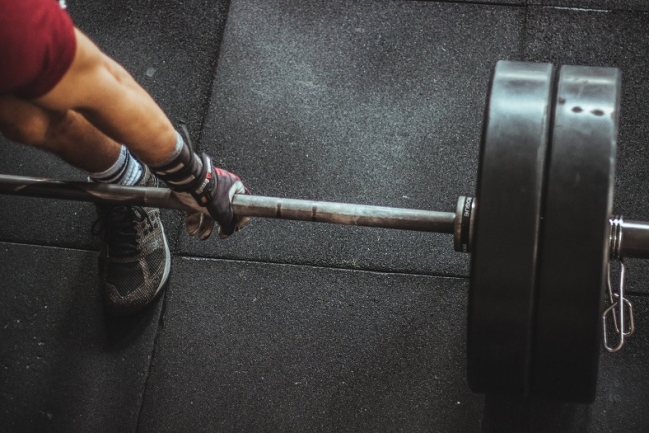
A mixture of resistance and aerobic exercise are important for supporting overall health. So make sure and tick these sessions off on your calendar each week and reward yourself for your efforts.
Is Vital Protein 100% Natural?
Yes, every ingredient in Vital Protein has been sourced from nature. There are no artificial additives, such as chemical sweeteners or flavours.
In case you’re still wondering, is pea protein vegan? Yes, pea protein is sourced from golden peas. Rest assured, all of the ingredients in Vital protein are vegan-friendly.
How to Use Pea Protein Powder
There are about as many different ways to use pea protein powder as there are reasons to use it. Suffice to say, there are lots!
But this doesn’t help you out if you are new to protein powders. So here’s a few different ways to use pea protein powder, which have been optimised to suit the reason for use. So just pick your #1 reason for taking pea protein and go from there!
Maybe you’ve heard that protein and essential amino acids are important nutrients for human health and that muscle mass does a whole lot more than make you look like a superhero.
Perhaps your diet is low in protein or your meal planning just isn’t cutting it at the moment.
Protein powder can also be helpful if you’ve recently adopted a vegan diet and regularly engage in exercise, or if you have a physically demanding occupation. Supplementation with a protein powder may help with the adaptation process to this different eating plan.
Dosage: Try taking 1 serve of Vital Protein (Vital Greens Pea Protein) with meals that are low in protein (up to 2 serves daily). Alternatively, take 1 scoop at morning tea time and 1 scoop at afternoon tea time.
Exercise Recovery
One of the most important times to have a hit of quality protein is after exercise. Of course, the quantity you need all depends on the type of exercise you engage in.
Dosage for Endurance Exercise: Take 1 heaped tablespoon (12.5g) mixed in water after exercise. Add a high quality carbohydrate powder to this shake or simply consume some high-carb foods, such as a banana dipped in raw honey.
Dosage for Toning and Lean Muscle: Take 2 heaped tablespoons mixed in 200ml nut milk or water after exercise.
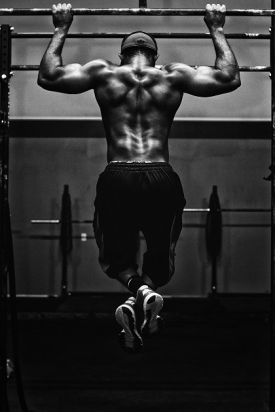 Dosage for Muscle Mass Gains: Take 3-4 heaped tablespoons mixed into 300-400ml cold water after exercise with a carbohydrate food source (2).
Dosage for Muscle Mass Gains: Take 3-4 heaped tablespoons mixed into 300-400ml cold water after exercise with a carbohydrate food source (2).
Evidence-Based Dosage: If you want to be certain that you can achieve the results published in the 2019 study by Sports, try taking 2 tablespoons mixed in water 30 minutes before exercise, and another 2 tablespoons after exercise. Note, intra-workout EAAs or BCAAs supplements will be of less benefit if you use this dosage method, as the pre-workout pea protein has already increased your amino acid level.
Weight Loss Programs
Though Vital Protein is not a formulated meal replacement, if you’re taking a multivitamin and mineral supplement you can still replace 1-2 meals per day with this protein shake.
Just make sure that each protein shake is accompanied by a palm full of raw nuts and a piece of fruit as well. Your non-protein shake meals should deliver a quality protein source, like lean meats, egg whites with 1 yolk, low fat cottage cheese, tofu/tempeh or seafood.
Each shake should contain 2 heaped tablespoons of Vital Pea Protein along with a food-based snack and a daily multivitamin and mineral.
Keeping your protein intake up when losing body fat is important, as this method helps to preserve muscle mass. Finishing a “diet” period that included more protein or protein-rich meal replacements helps to reduce the risk of rebound weight gain (3).
Golden Peas: A Complete Protein or Completely Far From it?
Vegan Protein Foods
There is still quite a bit of confusion surrounding the quality of plant-based protein powders. And understandably so—there’s a lot of information out there.
In fact, if you follow a vegan eating plan you might have had someone tell you at some point that you must eat legumes with grains, and nuts with legumes (and so on), otherwise the protein content of the meal is not of a high enough quality.
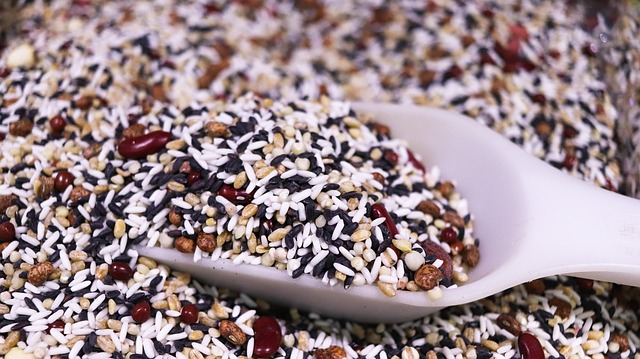
This process stems from the belief that plant-based proteins are not complete, and therefore need to be complemented by another vegan protein source.
The truth is, even an apple contains the 9 essential amino acids. The quantities are extremely low, but they’re all there. If you don’t believe this statement, check out this nutrient report from the USDA Nutrient Database (the most comprehensive worldwide database).
Vegan foods do contain all the essential amino acids, and therefore are “complete”. However, it’s the quantity and the balance between these amino acids that is most important.
After all, we can’t rely on apples for protein. 1 medium red apple only contains 0.6 grams of protein. So we would have to eat 100 apples per day just to get a measly 60 grams of protein!
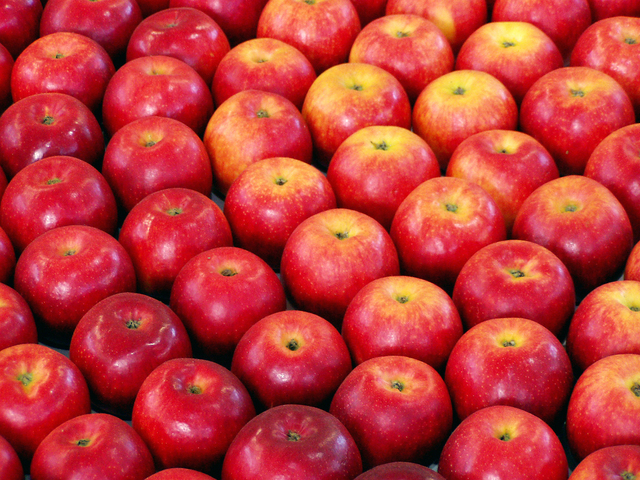
Even though plant-based protein foods are technically complete, some of them have 1 or 2 essential amino acids that are very low. And this is where vegan foods can fall short.
So although the complete and incomplete view of vegan foods may not be 100% technically correct, it is still pointing us towards something that does need careful consideration for long term vegan diets.
If you are vegetarian and eat eggs and dairy daily, then there’s really not much need to worry about this. Certainly not if you are pesceterian or omnivorous.
It’s important to remember that the 9 essential amino acids work as a team to stimulate an essential bodily process called protein synthesis. Protein synthesis is what the name suggests: the creation of proteins from amino acids, like the proteins found in our muscles and tendons.
For vegan diets, optimising meals for protein quality essentially improves bio-availability. For instance, wheat is low in lysine, which is an essential amino acid required for protein synthesis. Lysine also plays other important roles, such as keeping the immune system healthy and supporting natural carnitine production.
Therefore, taking a few lysine capsules or tablets with a wheat-protein or gluten rich meal should significantly improve the bio-availability of that meal. This means the essential amino acids found in the wheat can work better as a team, which triggers the rebuilding and maintenance of tissues.
A study on predominantly cereal-eating families in Pakistan showed that lysine fortification improved their nutritional status significantly (4). Unfortunately, the 80 families studied in Pakistan were unable to afford legumes to complement their wheat.
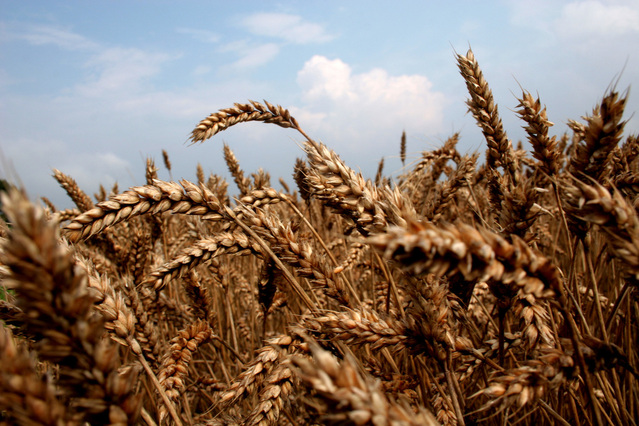
Bio-fortification of wheat with lysine has also been carried to support animal nutrition by farmers for decades.
When it comes to food combining, there’s not much need to worry when eating soy products, such as tempeh and tofu. Soy protein has been well studied and can generate protein synthesis just fine on its own (5).
And again, there’s no need to be overly pedantic about this process either, even for vegans. Just get a general idea of the types of foods you eat and tweak them a little.
Vegan Protein Powders
The lowest essential amino acid in a food is called the limiting amino acid. According to research published by the journal Amino Acids, the limiting essential amino acid in pea protein is methionine, followed by threonine (6).
Many companies add rice protein to their pea protein powders. This is because the higher methionine level in rice protein complements the low level in pea protein—though rice protein is low in lysine.
Because the essential amino acids work as a team, a low level of 1 amino acid can limit the effectiveness of all other 9. This can be compared to a sports team, where one underperforming player can limit the effectiveness of the team.
Despite this, however, pea protein seems to work just fine on its own. But who knows, once research starts coming out looking at plant-based protein combinations, such as pea and rice, the results might be superior to pea protein alone. They might even prove to be better than whey protein!
Wouldn’t that be something?
Let the Body be the Judge
The fact is, we can do all the amino acid counting, calculating and comparing in the world. But the most important point to consider is, what happens when we take it?
As we’ve already discussed, pea protein can hold its own when compared to whey protein, which naturally contains a high content of essential amino acids (including the popular branched chain amino acids [BCAAs]).
So far there are 2 great studies examining the differences between pea and whey protein powders, using body composition and performance measurements.
And it looks like pea protein is holding its own against its dairy-based heavyweight rival whey protein.
Pea Protein: More than Amino Acids
Let’s do the unthinkable, just for a few minutes, and forget about protein entirely. Because there’s more to the humble pea than this important macronutrient.
Pea protein is a source of soluble fibre, which offers digestive and cardiovascular benefits (7). This helps to improve satiety or the feeling of fullness following the protein shake, which is a nice added bonus.
Pea protein is a source of selenium, potassium and folate, and also contains some magnesium and calcium (8). A group of naturally occurring phenolic compounds also provides an antioxidant effect.
Pea protein does also contain other phytochemicals that are often carry negative connotations, such as tannins, lectins, phytic acid and oxalic acid. These phytochemicals are found in relatively low levels in pea protein.
Lectins are proteins that found in a range of foods are consumed daily by humans and animals. The compounds aren’t broken down in the digestive tract, and are believed to interfere with digestion and nutrient absorption. On the other hand, early research is indicating that lectins may have some anti-cancer potential (9).
An important point to watch out for is the sodium content of pea protein isolate. Many of them do contain quite a bit of sodium. So it does pay to ensure that your daily sodium limit is not exceeded.
Take a look here for some idea of your daily sodium range.
So the question still remains, is pea protein good for you? Well, after all the information in this article, you can probably figure that one out for yourself as a well-informed pea protein enthusiast.
References
7. Krefting J. The Appeal of Pea Protein. Journal of Renal Nutrition 2017 Vol 27;5 p.e31-e33
Header Background Image Designed by kjpargeter, Courtesy of FreePik



